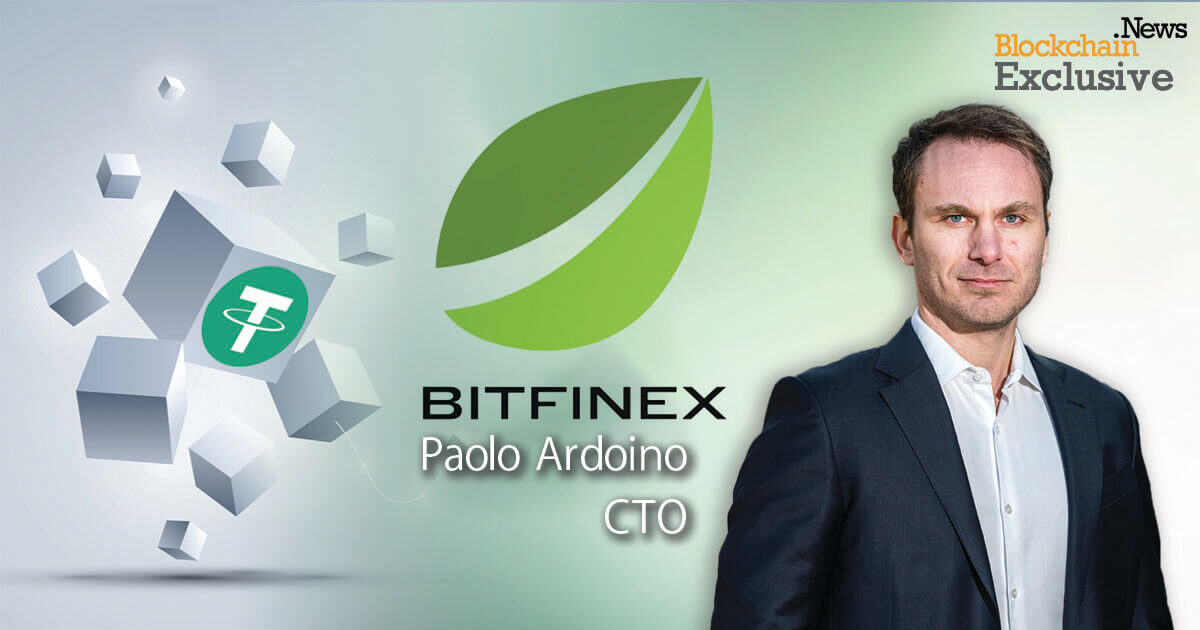Understanding the Data Ownership Protocol (DOP) and Its Impact on Web3 Privacy
Ted Hisokawa Jul 05, 2024 13:12
Explore the Data Ownership Protocol (DOP), a breakthrough initiative enhancing data privacy in Web3 with zk-SNARKs and ECDSA technologies.

The Data Ownership Protocol (DOP) is emerging as a pivotal initiative aimed at transforming data privacy and control within the Web3 ecosystem. According to blog.bitfinex.com, DOP employs advanced cryptographic technologies such as zk-SNARKs (Zero-Knowledge Succinct Non-Interactive Arguments of Knowledge) and ECDSA (Elliptic Curve Digital Signature Algorithm) to enable users to manage and selectively disclose their on-chain activities.
Revolutionizing Data Privacy
DOP's innovative approach allows users to curate the information they wish to share about their asset holdings and transactions, striking a balance between transparency and privacy. This selective disclosure is crucial for maintaining interoperability with Ethereum Decentralized Applications (DApps) while preserving liquidity.
The protocol operates under a Decentralized Autonomous Organization (DAO) framework, where a rotating committee of node operators oversees the platform and monitors risks. This committee maintains a shared blacklist of prohibited wallets, and users can flag suspicious activities through DAO channels. The committee reviews these submissions, conducts investigations, and takes necessary actions, incentivized by DOP tokens based on their performance.
Zero-Knowledge KYC Integration
A significant feature of DOP is its integration with zero-knowledge KYC (Know Your Customer), allowing user identity verification without compromising personal privacy. Users can choose what data to disclose, such as only showing token symbols without revealing balances or transaction histories. This selective disclosure is verifiable on DOPscan, the protocol’s explorer, ensuring that false information is not shared.
DOP's interoperability with Ethereum’s dApps enables users to leverage their tokens and NFTs within popular DeFi protocols, Decentralized Exchanges (DEXs), prediction markets, and more, benefiting from DOP’s privacy features. This integration unlocks the full potential of Ethereum’s ecosystem for DOP users, providing a seamless user experience.
The Role of DOP Tokens
The DOP token is integral within the Data Ownership Protocol ecosystem, offering both utility and governance capabilities. Token holders can propose and vote on critical decisions regarding the platform’s development, operational policies, and security measures, fostering a transparent and democratic environment.
DOP tokens also incentivize rigorous monitoring and security within the ecosystem. Elected committee members are rewarded in DOP tokens for reviewing proposals, investigating flagged activities, and maintaining a shared blacklist, ensuring diligent oversight and swift action against potential threats.
Furthermore, DOP tokens facilitate user interactions with the platform’s privacy features. Users might use DOP tokens to access advanced functionalities such as selective disclosure of their on-chain activities. This allows users to decide what information about their asset holdings and transactions to share publicly while maintaining privacy.
Promoting Ecosystem Growth
DOP tokens play a crucial role in promoting ecosystem growth and integration. Developers can utilize DOP tokens to build and deploy DApps within the DOP ecosystem, harnessing the protocol’s unique privacy features to create secure solutions. The protocol’s open architecture and interoperability with third-party wallets ensure users can interact with the DOP platform using their preferred tools, enhancing user experience and driving adoption.
Image source: Shutterstock.jpg)

